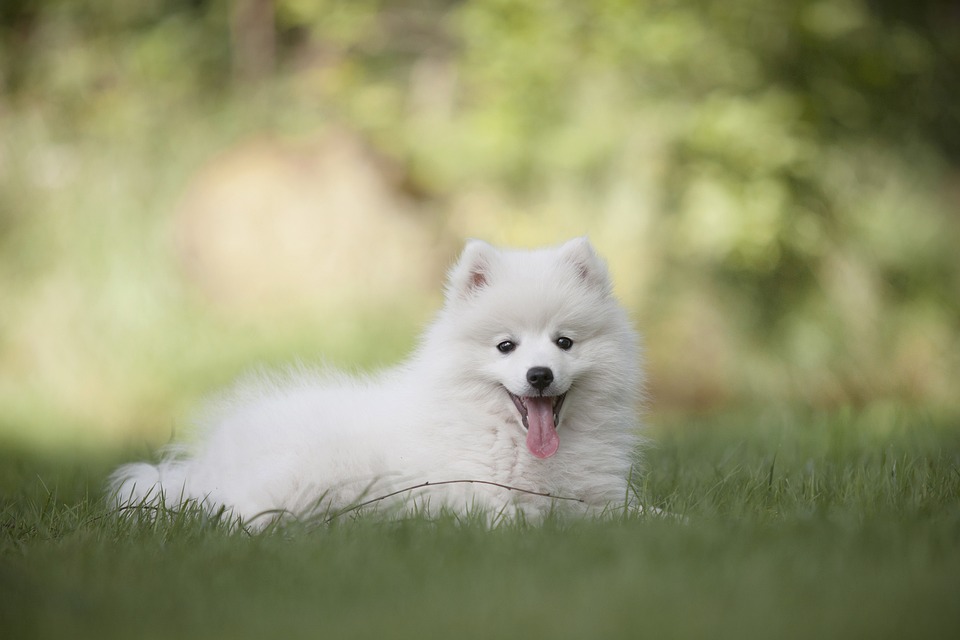Regularly checking and cleaning your dog’s teeth is essential for maintaining their oral health. Just like humans, dogs can develop dental problems such as gum disease, tooth decay, and bad breath. By taking the time to care for their teeth, you can prevent potential health issues down the line and ensure your furry friend has a healthy and happy smile.
Dental care is important for dogs for several reasons. First and foremost, it helps prevent gum disease, also known as periodontal disease, which is one of the most common dental problems in dogs. If left untreated, gum disease can lead to tooth loss, pain, and even systemic infections that affect vital organs such as the heart and kidneys.
Regularly checking and cleaning your dog’s teeth can also help avoid tooth decay. Just like humans, dogs can develop cavities. By regularly cleaning and examining their teeth, you can identify decayed teeth early on, preventing discomfort and further complications.
Another reason why dental care is crucial for dogs is to prevent bad breath. While dogs aren’t known for having fresh breath, exceptionally foul odors may indicate underlying dental issues. Regular cleaning can help combat bad breath caused by bacteria build-up and tartar accumulation.
Furthermore, maintaining good dental health in dogs is important for their overall well-being. Poor dental health can affect their appetite, leading to weight loss and nutritional deficiencies. Additionally, bacteria from the mouth can enter the bloodstream, potentially causing infections in other parts of the body.
To regularly check your dog’s teeth, follow these steps:
1. Choose a calm environment: Find a quiet space where your dog feels comfortable and secure. This will help them relax during the examination.
2. Gently lift their lips: Start by lifting your dog’s lips to get a clear view of their teeth and gums. Look for signs of redness, swelling, or bleeding.
3. Inspect for tartar buildup: Tartar appears as a yellow or brownish substance on the teeth. If you notice significant tartar accumulation, it’s time for a professional cleaning.
4. Check for loose or broken teeth: Gently wiggle each tooth to see if any feel loose or broken. Loose teeth may indicate advanced gum disease or dental trauma.
5. Examine the gums: Healthy gums should be pink and free from inflammation. If you notice redness, swelling, or bleeding, consult your veterinarian.
In addition to regular checks, cleaning your dog’s teeth is crucial for preventing dental problems. Here’s a step-by-step guide to help you establish an effective dental care routine:
1. Choose the right tools: Invest in a toothbrush and toothpaste specifically designed for dogs. Human toothpaste can be toxic to dogs, so never use it for their oral hygiene.
2. Introduce your dog to tooth brushing gradually: Start by allowing your dog to sniff and lick the toothpaste to get familiar with the taste. Next, gently rub their teeth and gums with your finger or a soft cloth.
3. Gradually introduce the toothbrush: Once your dog is comfortable with the toothpaste, introduce the toothbrush. Use small, circular motions to clean their teeth and gums.
4. Be patient and reward your dog: Brushing your dog’s teeth may take time for them to get used to. Offer plenty of praise, treats, and rewards to create a positive association with dental care.
5. Establish a regular routine: Aim to brush your dog’s teeth at least three times a week. Consistency is key to maintaining good oral hygiene.
Here are some frequently asked questions about dog dental care:
Q: Can I use regular human toothpaste for my dog’s teeth?
A: No, human toothpaste can be toxic to dogs. Use toothpaste specially formulated for dogs, which is safe for them to swallow.
Q: How often should I take my dog for professional dental cleanings?
A: Dogs usually require professional dental cleanings once a year. However, your veterinarian may recommend more frequent cleanings based on your dog’s specific needs.
Q: Are dental chews and toys beneficial for my dog’s oral health?
A: Yes, dental chews and toys can help reduce tartar and plaque buildup. However, they should not be a substitute for regular tooth brushing and professional cleanings.
Q: My dog hates having their teeth brushed. What should I do?
A: If your dog resists tooth brushing, consult your veterinarian. They may recommend alternative methods such as dental wipes or rinses to help maintain oral health.
Remember, your dog’s oral health is an integral part of their overall well-being. By regularly checking and cleaning their teeth, you can ensure a happy, healthy smile that will keep them wagging their tail for years to come.









